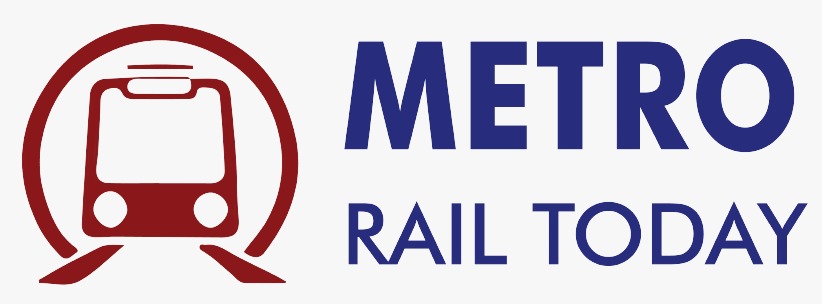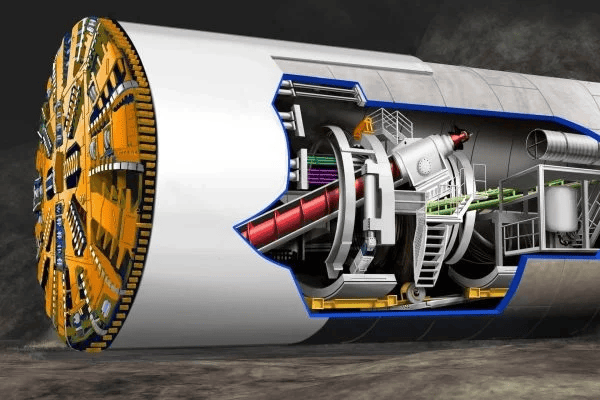 Herrenknecht to establish India's Largest TBM Manufacturing Facility in Chennai
Herrenknecht to establish India's Largest TBM Manufacturing Facility in Chennai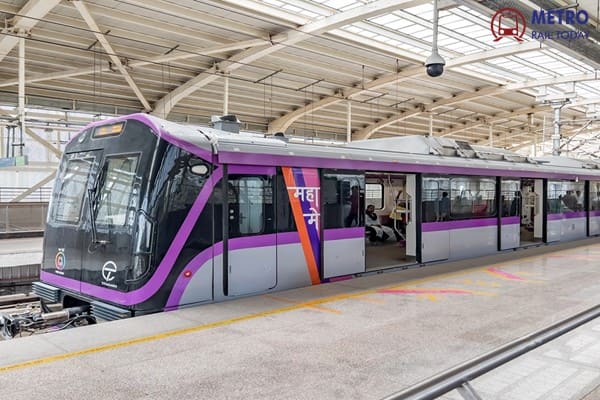 Maharashtra approves Two New Corridors worth ₹5,704 crore under Pune Metro Phase 2
Maharashtra approves Two New Corridors worth ₹5,704 crore under Pune Metro Phase 2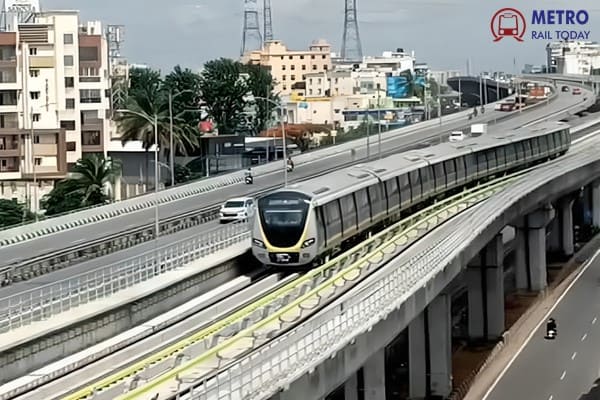 Bangalore Metro Pink Line faces delays over Rolling Stock shortage
Bangalore Metro Pink Line faces delays over Rolling Stock shortage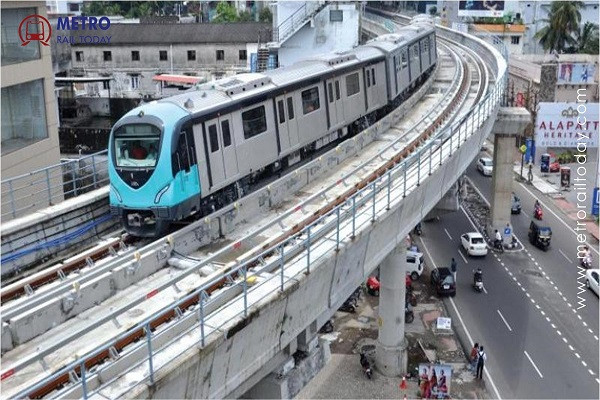 Kerala approves alignment for ₹11,561 crore Thiruvananthapuram Metro Rail Project Phase 1
Kerala approves alignment for ₹11,561 crore Thiruvananthapuram Metro Rail Project Phase 1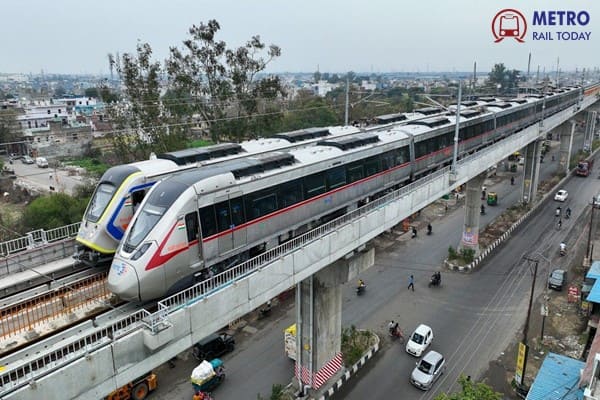 Union Minister Manohar Lal unveils vision for Integrated Urban Transport at UMI 2025 in Gurugram
Union Minister Manohar Lal unveils vision for Integrated Urban Transport at UMI 2025 in Gurugram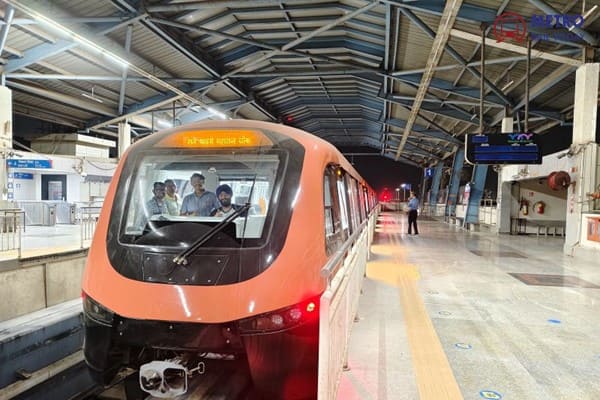 Fifth Mumbai Monorail incident in 3 months raises safety concerns amid CBTC upgrade trials
Fifth Mumbai Monorail incident in 3 months raises safety concerns amid CBTC upgrade trials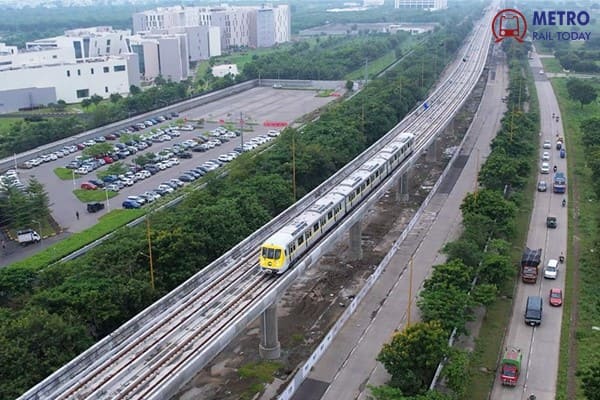 Indore Metro gets approval for major Underground Route Realignment after Public protests
Indore Metro gets approval for major Underground Route Realignment after Public protests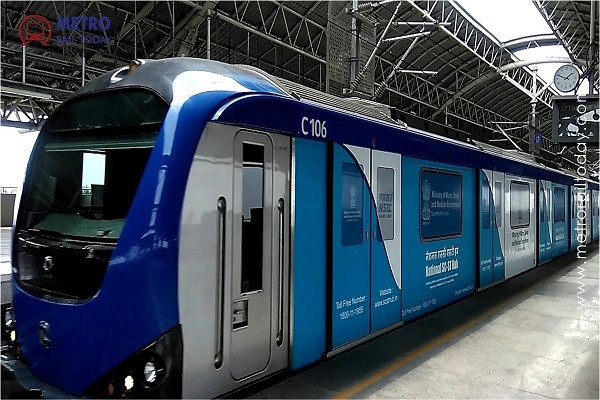 Bridge & Roof Company bags ₹268.7 Crore Civil Contract for Chennai Metro Phase 2
Bridge & Roof Company bags ₹268.7 Crore Civil Contract for Chennai Metro Phase 2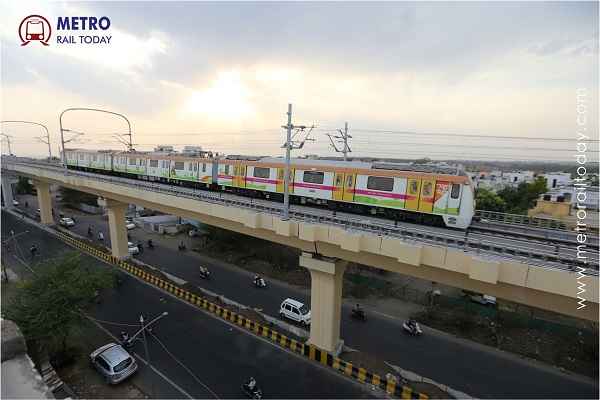 Global tender floated for supply of Rolling Stock for Nagpur Metro Phase 2 Project
Global tender floated for supply of Rolling Stock for Nagpur Metro Phase 2 Project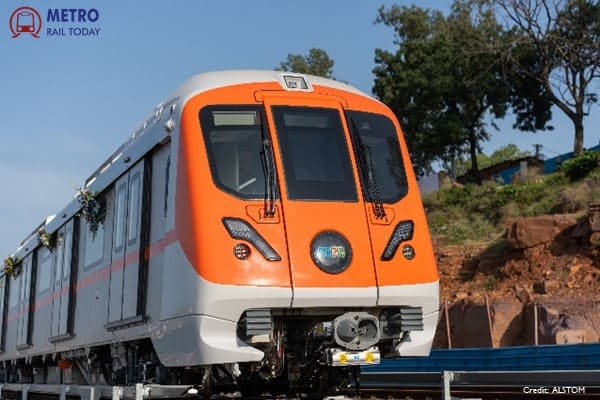 Bhopal Metro launch delayed as CMRS Inspection awaits New Appointment
Bhopal Metro launch delayed as CMRS Inspection awaits New Appointment
Taking over of Chennai MRTS by Chennai Metro Rail Limited
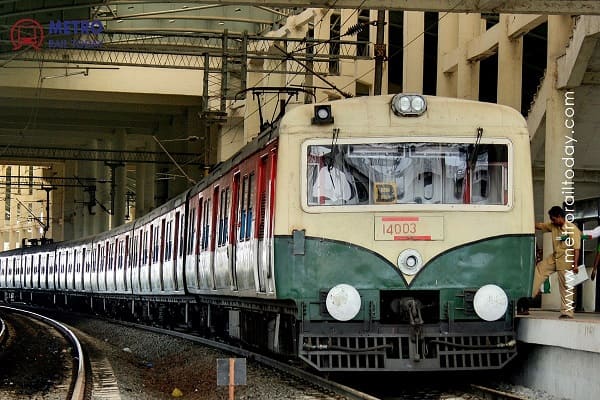
Recently, I heard the news that long pending issue of taking over the Mass Rapid Transit System (MRTS) belonging to Southern Railway (IR) by Chennai Metro Rail Limited (CMRL) has been agreed to. Full details of the case are not yet made available. I am aware of this case from the days of my working in the Southern Railway and Ministry of Railways. My appreciation of this issue expressed in this article are based on the same.
MRTS, with a total length of approximately 19.34 route kilometers, operating over 18 stations, covering very densely populated and developed areas of Chennai, was conceived in the year 1984, and started operations in the year 1995. The first phase was completed by 1995, the second phase by 2004, and the last phase is yet to be fully completed. The project was fully funded by the Ministry of Railways, constructed on broad gauge, with about 17 kilometers out of the total 19.34 kilometers running on elevated track. Out of the total length, around 4.5 kilometers share a common alignment with the existing, patronised broad gauge suburban network of the Chennai Division of Southern Railway. The rolling stock used is BG wide bodied coaches, which is the same as that of the suburban network of the Chennai Division of Southern Railway.
Over the stretch of MRTS running on an elevated track like a Metro Rail system, the stations are closely spaced, like those of a Metro Railway system. But the construction and operational features of MRTS differ very much from the Metro railway system of CMRL in several ways which do not fulfil the aspirations of suburban commuters, particularly after CMRL came into existence, as under:
- Public expectations for MRTS to offer high frequency, speed and convenience, at least to the level of Kolkata Metro under IR, were not met. Train frequency in the MRTS remains low, with long intervals between trains during both peak (15”) & non-peak hours (30”) and persisting issues with punctuality and reliability.
- MRTS trains are non-air conditioned, in contrast to the air-conditioned Metro trains operated by CMRL.
- Acceleration and deceleration rates of MRTS trains are lower than those of Metro trains, which affects both travel speed and efficiency.
- Ticket prices for MRTS are lower compared to those of Metro systems. Also, the standards of station premises and rolling stock in the MRTS are significantly below those found in typical Metro systems.
- Station access, approach development, Passenger access to get in and out of coaches, and connectivity with other transport modes are inferior in MRTS compared to CMRL, leading to uncomfortable passenger experiences.
- MRTS was constructed in an older structural, civil engineering and architectural style with large land footprints over the valuable urban land. Both the space below the elevated structures and station buildings are not effectively utilized. Ground-level areas beneath MRTS tracks are underdeveloped and often misused, pointing out the missed opportunities to provide public/recreational amenities such as pedestrian/cyclist pathways and parks.
- Poor patronage and grade-separated train versus road vehicle movements, have led to frequent misuse or malfunction of passenger amenities like lifts and escalators, creating a vicious cycle between low amenities and low patronage.
- Despite serving densely populated areas of Chennai, MRTS has lower passenger patronage than both CMRL Metro trains and Chennai’s regular broad gauge suburban trains.
When MRTS started operating after a long waiting period, public expectations were very high that it will be at least another Kolkata metro type urban transportation by IR, if not a sophisticated Metro rail system, providing good frequency, speed of travel and convenience as compared to road traffic, but MRTS never matured to meet these expectations.
Indian Railway management is not keen to improve the efficiency of the MRTS system. The much-needed last phase of connectivity of 5 KM to close the crucial gap with the other popular suburban corridor of Southern Railway at St. Thomas Mount station has not been completed even after more than a decade after sanction, probably for the reason that the MRTS will eventually be taken over by Chennai Metro Rail Limited.
Now that the decision to handover the MRTS to CMRL has been taken, public will be hoping for an early completion of the takeover formalities, to pave way for introducing the full-fledged BG Metro system in this busiest corridor of Chennai city. This crucial decision can pave way for several other opportunities for Chennai urban/ Suburban transport systems.
Comparison of MRTS/Southern Railway and Chennai Metro Rail network with other Metro systems in the major Indian cities is as in the table given below at the end of the article.
This comparison indicates that CMRL also has not met the public expectations from one of the 4 biggest metro cities of the country. To some extent it may be since Chennai, like Mumbai and Kolkata, is being served by a well-developed BG suburban rail network. But in the BG suburban services at Chennai operated by IR also, the improvements in services have not kept pace with public requirements and expectations, even to the extent of Mumbai Rail Vikas Corporation (MRVC). This is because IR considers that investment in suburban networks and rolling stock should be of a low priority, compared to the longer distance passenger traffic and freight traffic, which are relatively better priced to meet the cost of operation. Due to the travel in open doors non-AC coaches, IR suburban system continues to face heavy criticism for lack of Passenger safety and inconvenience. While crucial land areas of the metropolitan city and suburban pockets are locked up with IR occupied by the surface level Railway suburban network system in the corridors wherein the latest Rapid Rail Transit System (RRTS) will more appropriately meet the growing needs of urban population.
While CMRL is expanding, its coverage trails behind DMRC’s extensive network and Hyderabad’s rapid development. Integration with other transport modes remains a challenge for CMRL, unlike DMRC’s unified ticketing and smooth interchanges. Although CMRL offers modern amenities, service frequency and reliability have not fully met public expectations. Investment in Chennai’s Metro systems lags, whereas DMRC’s progress is driven by strong government support. To reach the standards of other metros, CMRL needs better integration, service improvements, increased investment and cooperation from stakeholders. The challenges being faced by CMRL can be overcome largely by progressively taking over the Southern Railway BG suburban network, starting from MRTS.
As an ex-railway man and the once in-charge of operation of Chennai suburban train operation when the crucial changeover from MG to BG was done in Suburban Railway system, the end points I wish are summarised as below:
- The takeover of MRTS by CMRL should be completed quickly, and BG Metro services should be made operational as soon as possible. Since these are existing networks with higher axle load capacity, upgrading requires only new rolling stock, updated signalling, and minimal civil engineering and overhead equipment changes.
- Public access to the services should not be disrupted by more than six months.
- Passengers should be able to seamlessly transfer between the suburban rail system, CMRL, and MRTS with a compatible ticketing system.
- The areas beneath the MRTS rail network should be rapidly developed to improve pedestrian and two wheelers movement.
- Inter-ministerial rivalry between the Ministry of Railways (MoR) and the Ministry of Urban Development (MoUD) should be resolved for the benefit of the city's public, with MoUD reconsidering its antipathy towards BG rail systems for Metro/Suburban travel.
The MRTS takeover should lead to a blueprint for BG RRTS by CMRL in Chennai, involving cooperative land and asset exchange between CMRL and IR to provide RRTS services in the longer suburban routes, in the lines of takeover of MRTS. Upgrading the existing BG suburban system to RRTS is preferable over the building of a completely new RRTS, which would be time-consuming and cause extensive inconvenience to the public in the atmosphere of ever-increasing urban transport needs. If DFCCIL can coexist with IR, and operate on a different system/methodology in freight transportation to bring in speed and efficiency, why not CMRL and IR?.
This article is authored by Mr. Swaminathan Kalyanam who belong to 1979 Batch of Indian Railway Service of Mechanical Engineers (IRSME), served IR for over 36 years, retired in June 2017 as Additional Member/Railway Board, Ministry of Railways.
